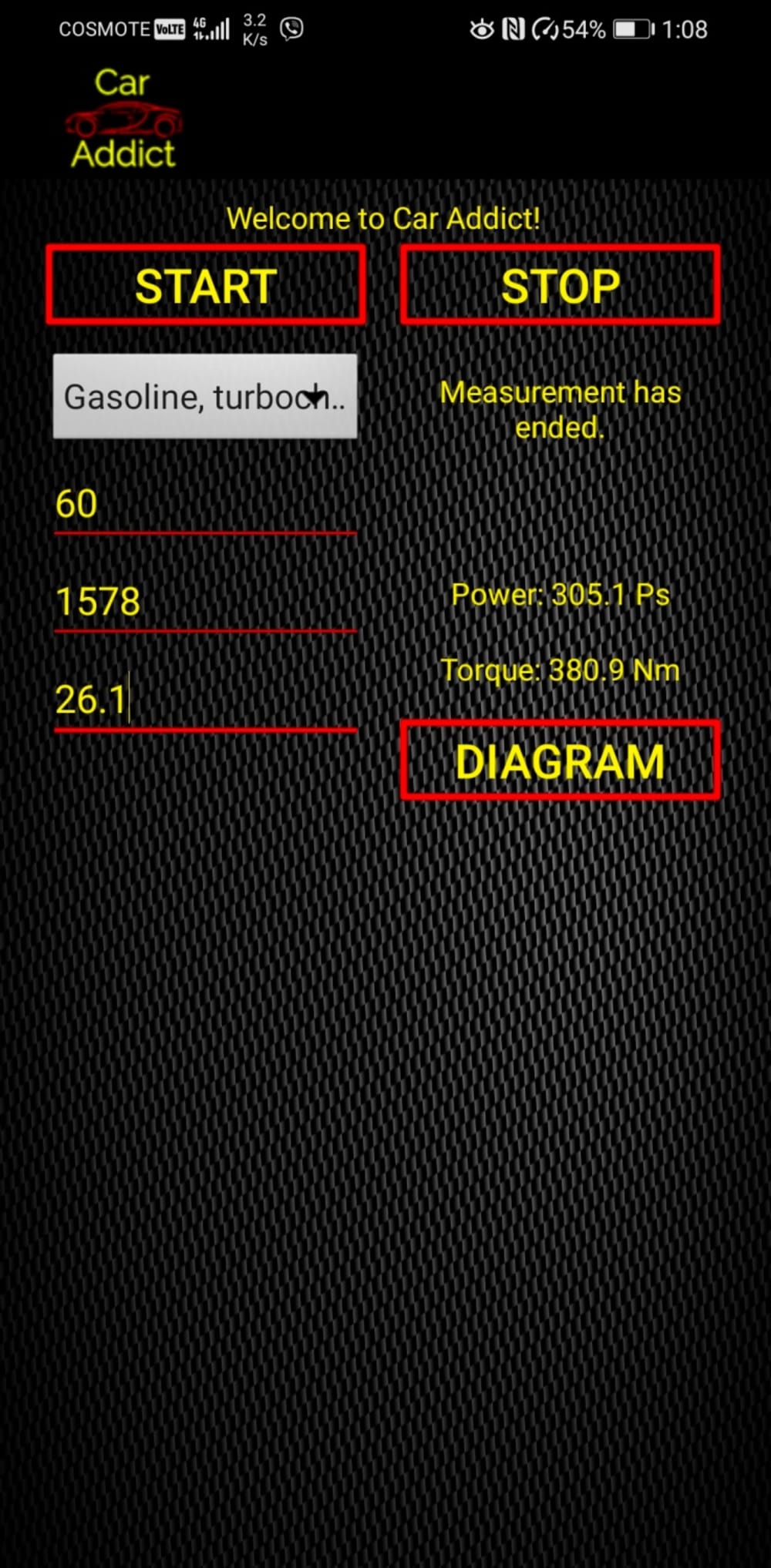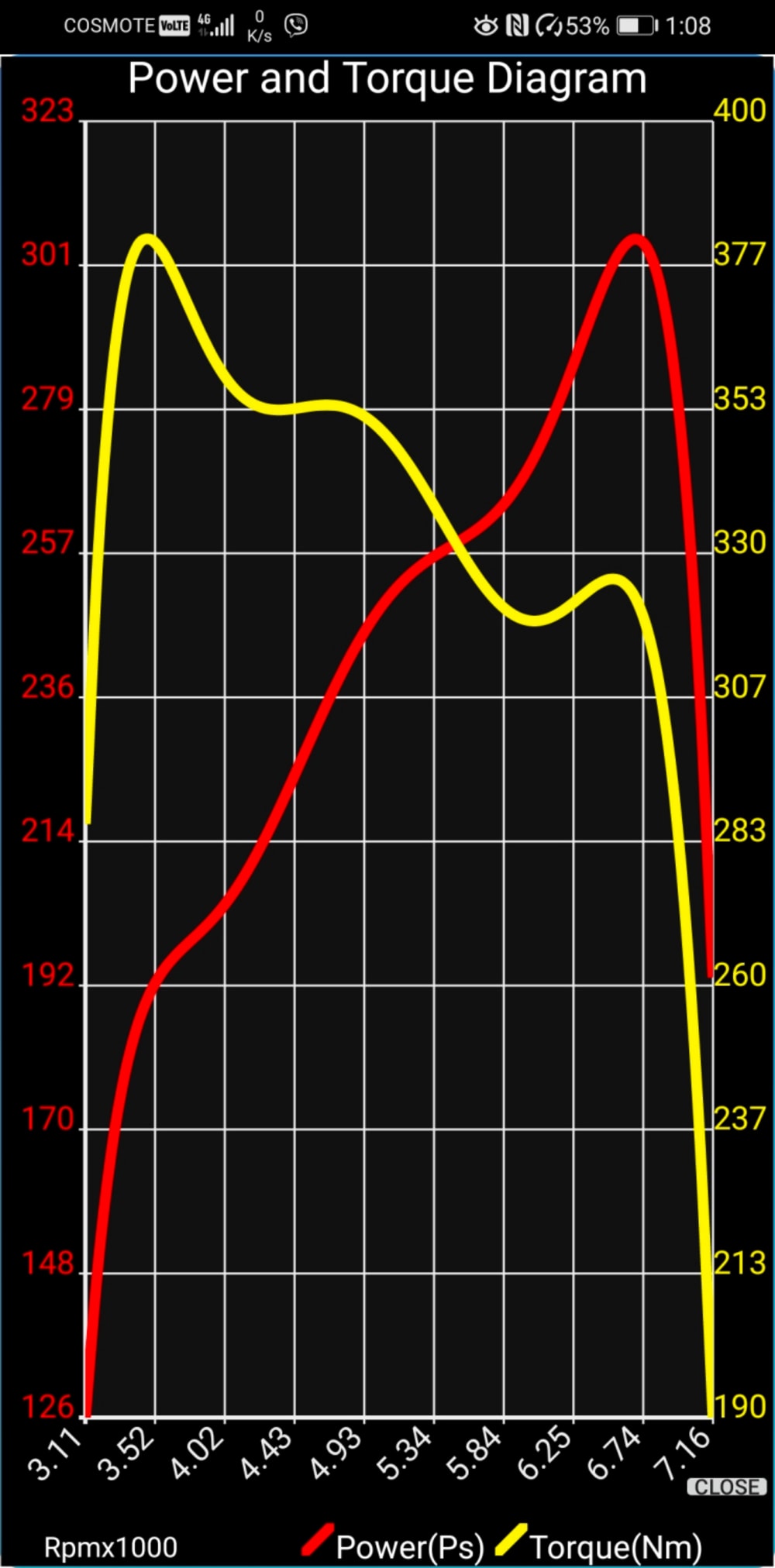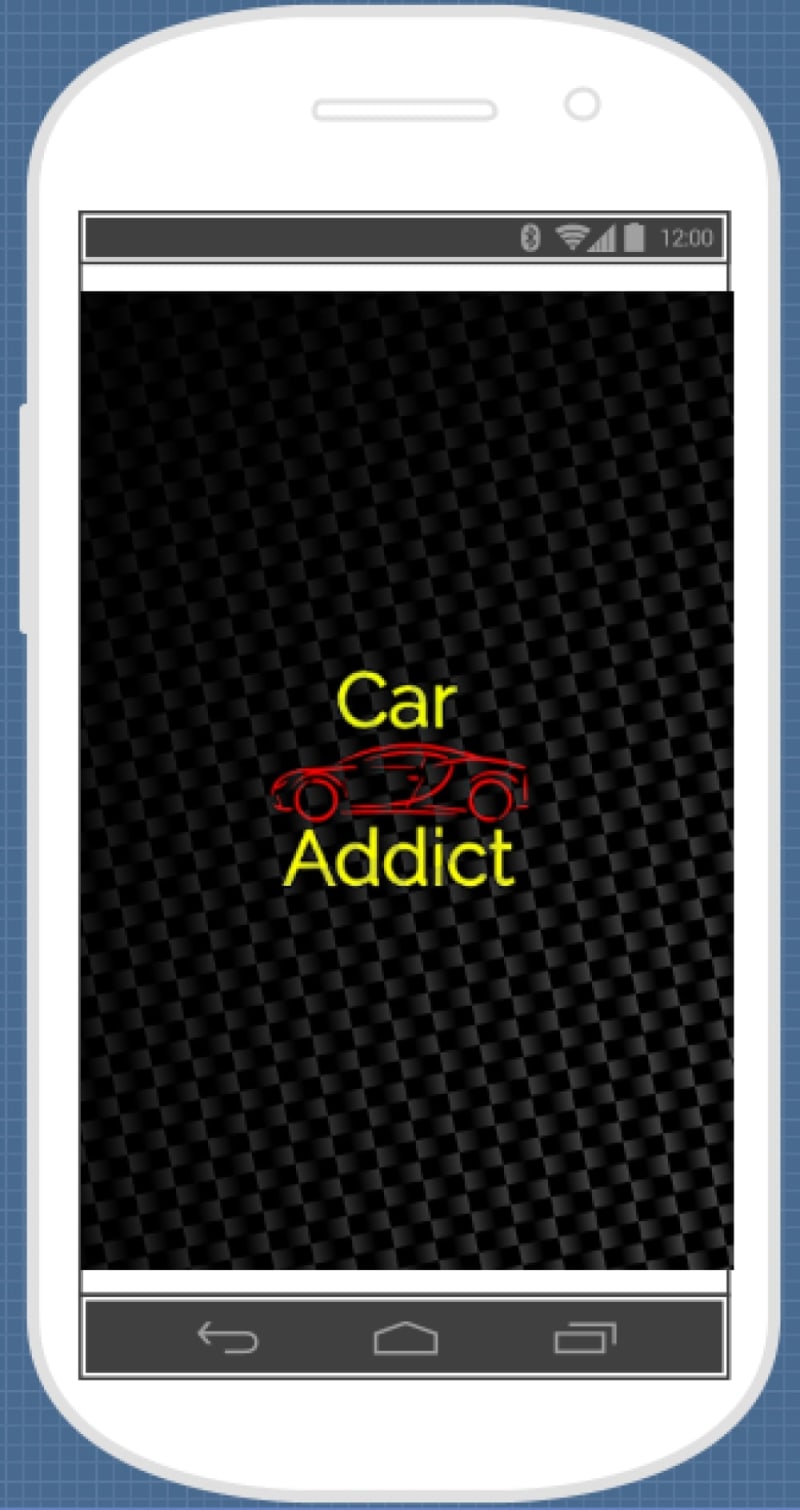This project is a novel and patented automobile horsepower measuring method, implemented through a) chassis dynamometers (“dynos”), b) embodiments in real road conditions, such as physical devices, and c) other embodiments in real road conditions, such as mobile apps. It is supported by a patent family incorporating a US Patent published in March 2021, a Continuation in Part, CIP US Patent Application filed in February 2021 and two priority Greek patents.
The project is already embodied by the working prototype of an Android mobile app that features "Arrow Certified Technology." This certification has the following implications: first, the app's software design was deemed as feasible for “manufacturing” and second, the working prototype of the app is fully functional and complete as a stand-alone product, though at the testing phase for the moment. Arrow Electronics Inc. is the largest US distributor of hardware components, having posted sales of 28.7 billion USD in 2019. It is also a significant software services provider, listed in NYSE and ranking 110th in the Fortune 500 list. More importantly, THE PROJECT IS APPLICABLE TO FULLY ELECTRIC AND HYBRID VEHICLES.
All above mentioned three categories of competitors do the same thing: they measure horsepower not at the crankshaft/ rotor shaft(s), but at the wheels. Then, in order to calculate horsepower at the crankshaft, all embodiments, dynos or road ones, employ certain assumptions/algorithms or simply assume a certain percentage of transmission loss, which is to a large extent arbitrary, and add it to the measured wheel horsepower. Why is this methodology inaccurate? First, as regards chassis dynos: some do not measure/ announce at all crank/ rotor shaft horsepower, perhaps realizing the inaccuracy of such a measurement. Those that do, perform a deceleration phase in order to estimate drivetrain losses, but in neutral gear, therefore the drivetrain is mostly disengaged and therefore relative power losses are almost absent. As regards physical devices and mobile apps, they do not incorporate a deceleration phase at all; they just assume a transmission percentage loss based on the transmission type of the automobile tested. To give a striking example, the two most expensive current Android apps assume that these losses are 9.9% and 17.6% respectively of the crankshaft power of an Audi S3 MKII, an all-wheel-drive car; a difference of 7.7%. Another app assumes a 14% loss for all manual transmission cars, whereas there exist powerful front-wheel-drive manual gearbox cars with only 5% transmission losses, such as the older European spec Ford Focus developing 301 bhp, the Honda Civic Type-R 316 bhp, etc.
The patented method presented here is based on a totally different mechanical engineering approach, whereby powertrain losses, which include engine braking and transmission losses, are measured and separated in real time – on both the chassis dyno and the road; it does not simply assume a transmission loss percentage as competition does. Therefore, the expected accuracy is within +/- 2% of the real (i.e., measured by the car manufacturer's bench test) horsepower.
Video
Like this entry?
-
About the Entrant
- Name:Dionysios Mylonas
- Type of entry:individual
- Software used for this entry:Java, Python
- Patent status:patented








